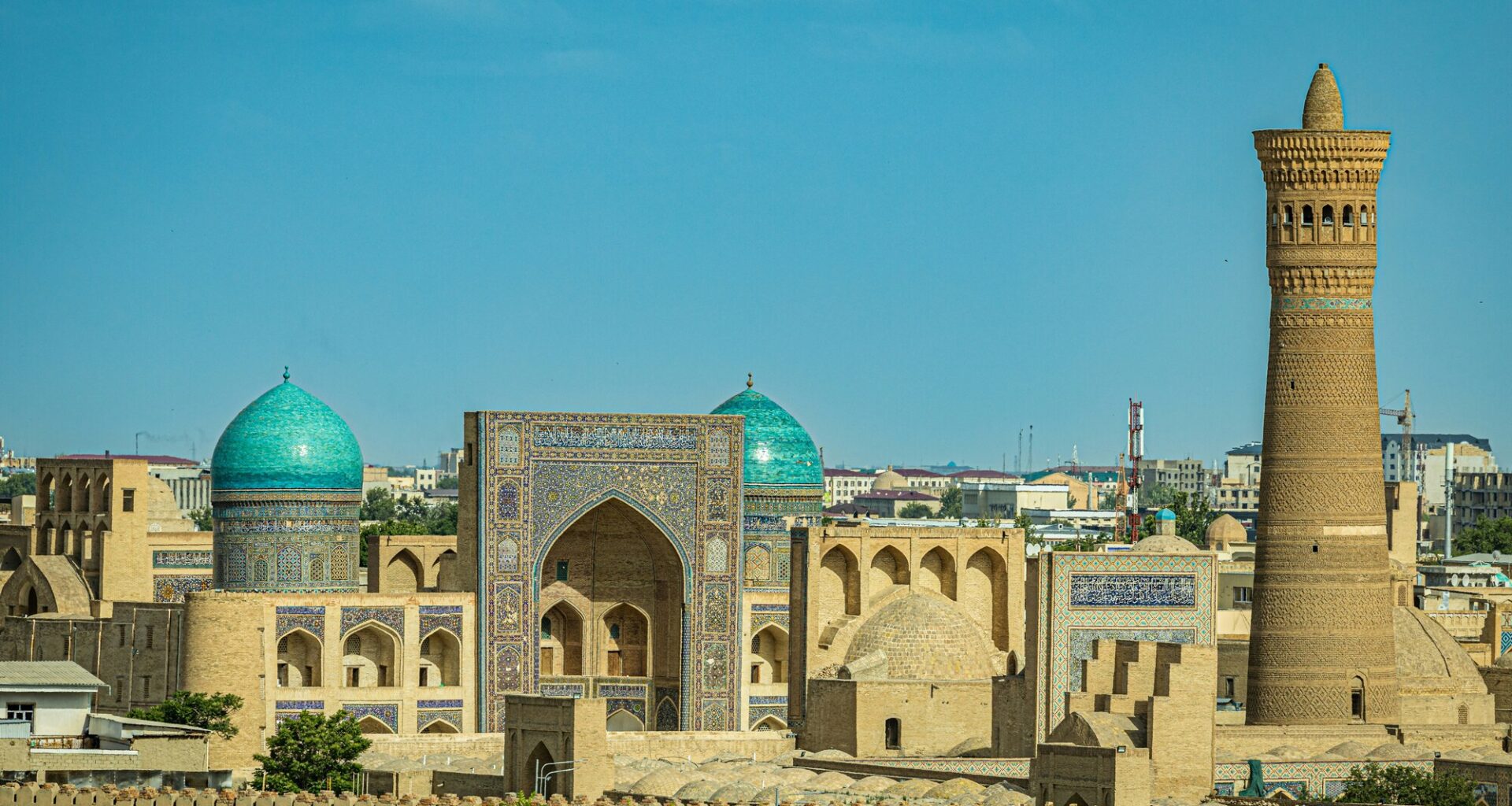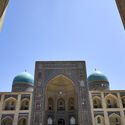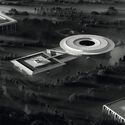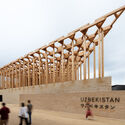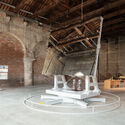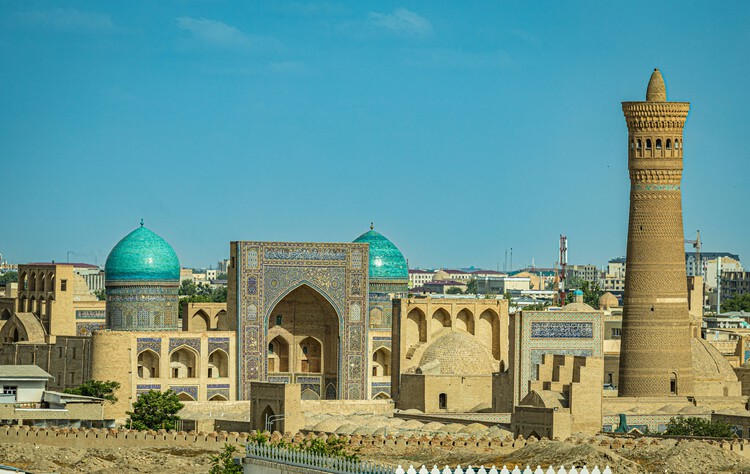 Bukhara, Uzbekistan. Image © Sultonbek Ikromov with Unsplash License
Bukhara, Uzbekistan. Image © Sultonbek Ikromov with Unsplash License
Share
Or
https://www.archdaily.com/1034850/bridging-past-and-future-uzbekistans-expanding-cultural-landscape
Uzbekistan‘s architectural and artistic heritage reflects a layered history shaped by centuries of cultural exchange along the Silk Road. From the monumental ensembles of Samarkand and Bukhara to the scientific and educational institutions of the Timurid era, architecture has long been a vessel of identity and knowledge across the region. In the twentieth century, Tashkent emerged as a new urban laboratory, where modernist ideals met local craft traditions and environmental pragmatism. The city’s reconstruction following the 1966 earthquake became a defining moment, fusing Soviet urbanism with regional aesthetics to produce a distinctly Central Asian expression of modernity, one that translated cultural continuity into concrete, glass, and light.
The Art and Culture Development Foundation (ACDF) under the Cabinet of Ministers of the Republic of Uzbekistan is leading a renewed effort to preserve, reinterpret, and expand this cultural legacy. The Foundation’s Tashkent Modernism XX/XXI project brings together local and international experts to document, evaluate, and safeguard these buildings, several of which are now being considered for UNESCO World Heritage status. This initiative has also catalyzed the restoration of key cultural institutions, such as the State Museum of Arts and the former Republican House of Tourism, demonstrating how adaptive reuse can integrate modernist heritage into contemporary cultural life.


